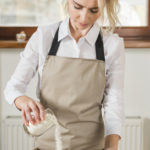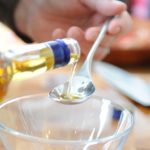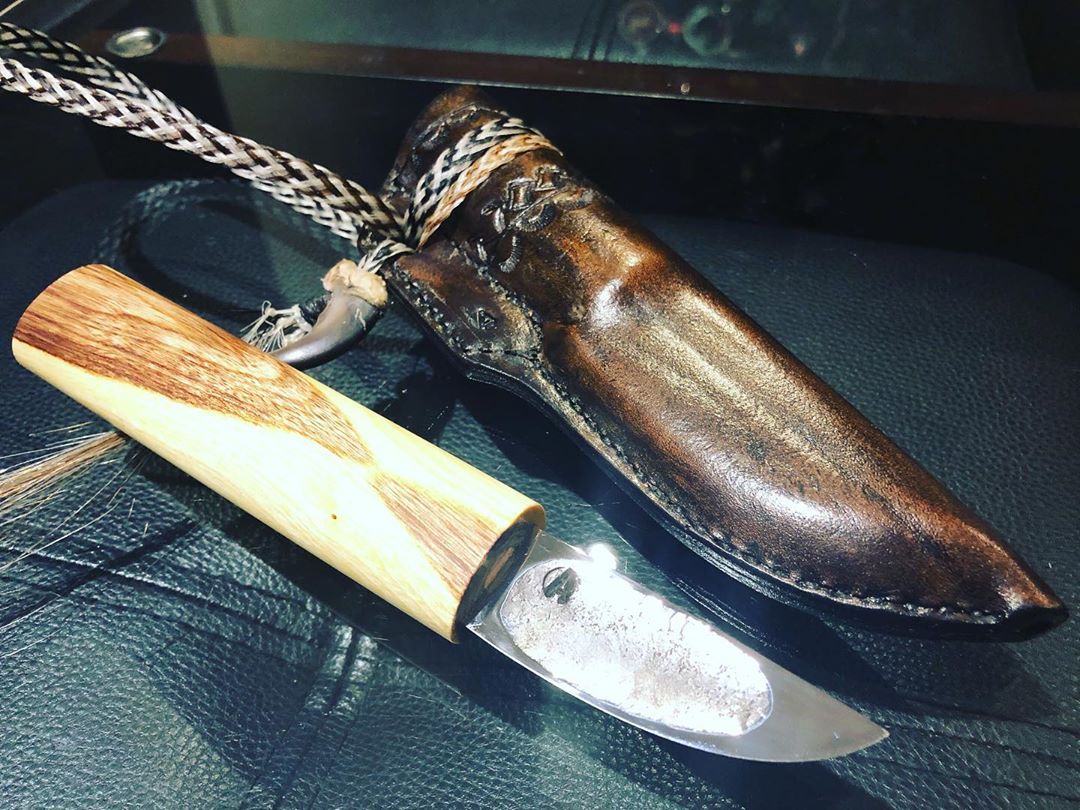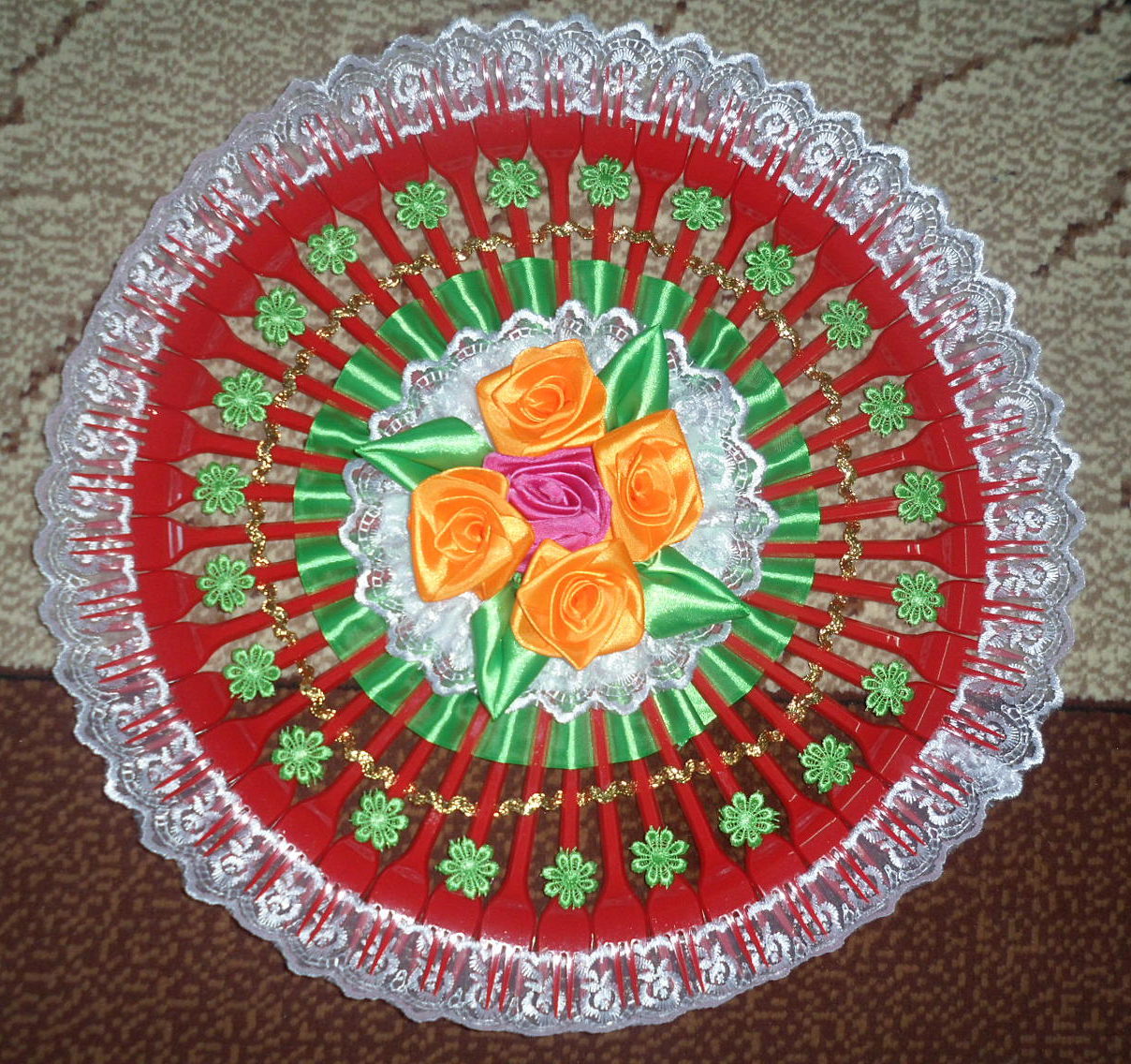How many grams are in a tablespoon
When deciding on culinary experiments, we are all faced with the need to weigh food. And at this moment, you may not have the most important thing at hand - a kitchen scale. This stops some people. But not for experienced cooks who know an excellent alternative - a spoon. After all, knowing how many grams of a particular product fits in one tablespoon, you can weigh all the ingredients quite accurately, achieving exact adherence to the recipe. True, there are several nuances in this matter.
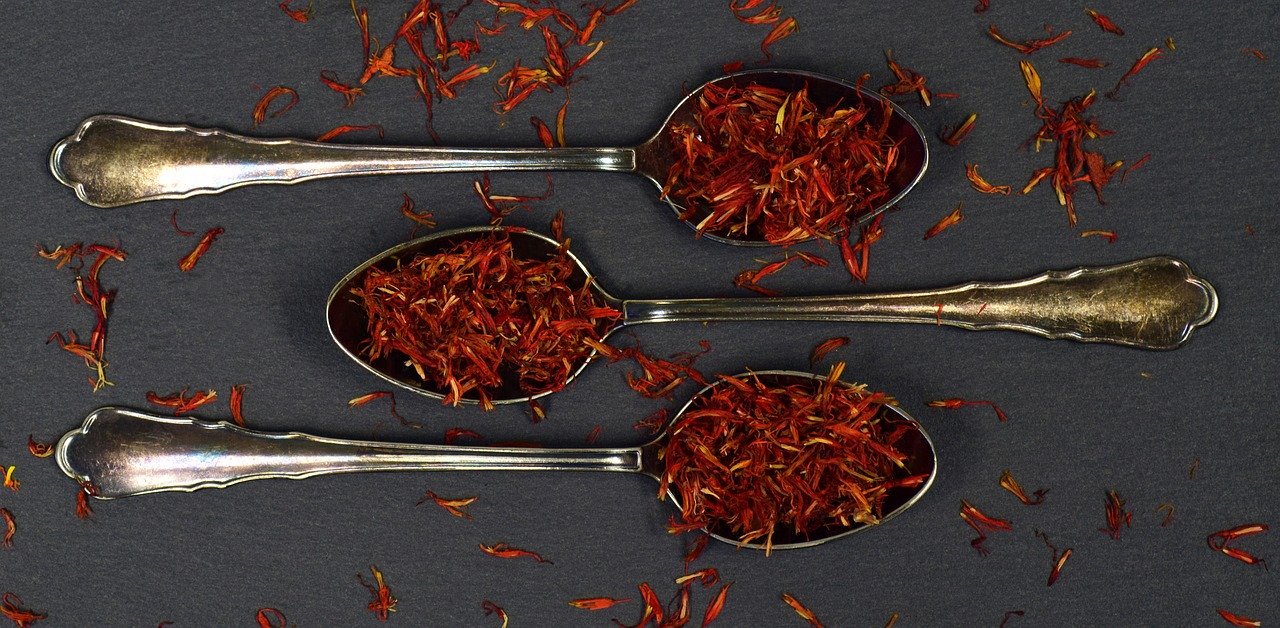
The content of the article
Important note about tablespoons
To avoid serious errors, it is important to consider that tablespoons are different. The most common option is full-size. The length of its scoop is 7 cm, and its width is 4 cm.
But since there is no single standard for tablespoons, you can also find smaller varieties, the most popular of which has a scoop length of 5 cm.
Now about the weighing itself: options are also possible here. You can scoop a spoon “without a top” (along the sides of the scoop), or you can “with a slide”. The second option is usually used "by default". That is, if we read “1 tbsp. l.”, and there are no additional notes, then it means a full-size tablespoon, scooped “heaped”.
It gets even more interesting: when faced with correspondence tables, it is important to consider that they are often calculated specifically for full-size tablespoons. It is for this reason that it is recommended to first measure the scoop using a ruler, and then begin to “weigh” the ingredients.
If “full size” is not a favorite in your kitchen, then the only sensible alternative is to develop your own table of measures and weights, the creation of which will not take much time, but will guarantee the most accurate result. All you need to do is calculate the volume of your “chosen one”. To do this, you need to count how many scoops (without the top and with a slide) will be able to fill 100 g of product.
Well, the last note that follows from all of the above: having chosen a tablespoon for weighing food, it is advisable in the future to use only devices from the same set - this way you will be able to avoid mistakes.
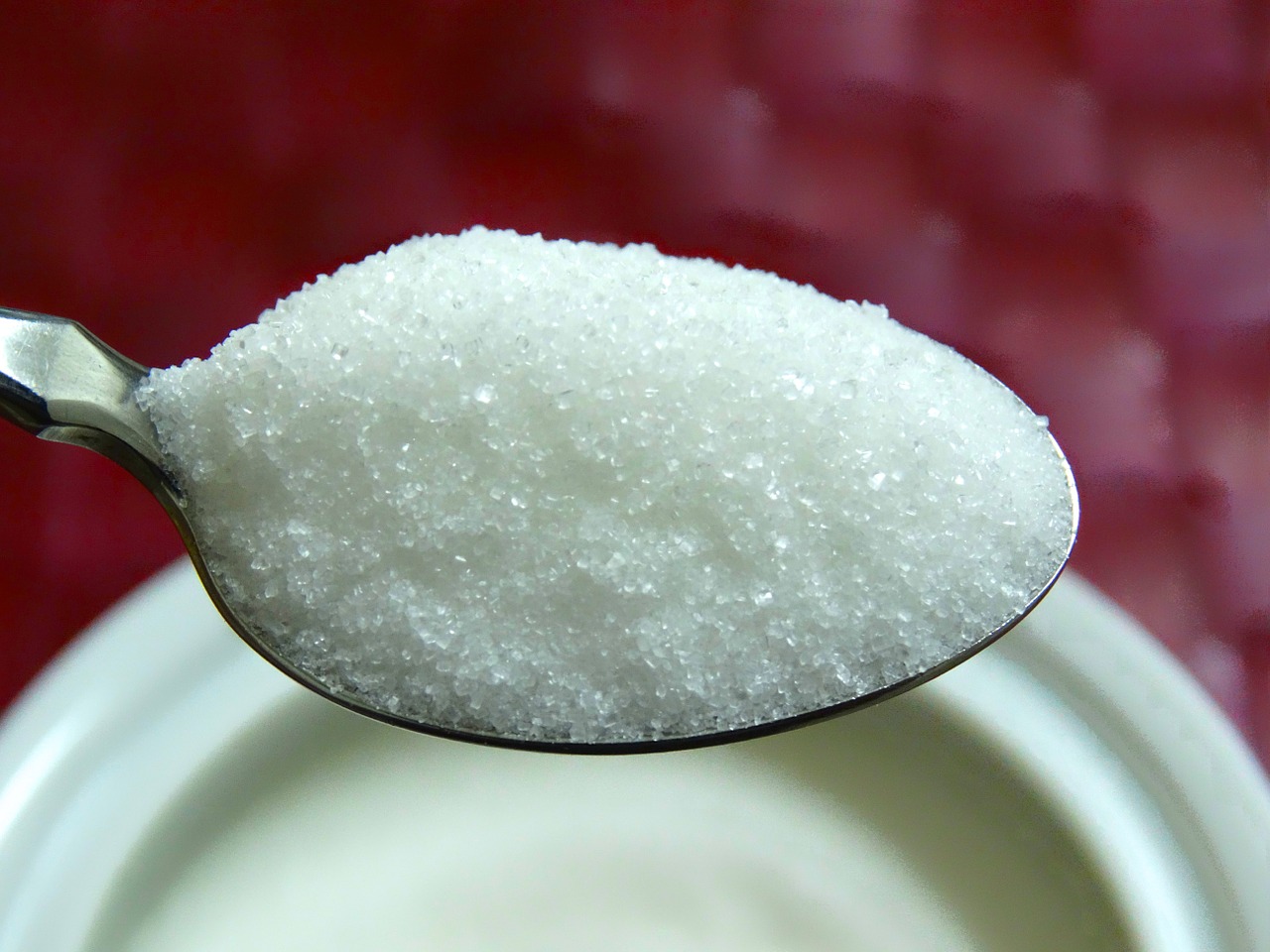
Weighing bulk products
An important rule when weighing these ingredients is no additional compaction or pre-loosening. The fact is that after performing these operations, the specific gravity of the product filling the measuring container changes. So, about 160 g of flour fits into a tea glass if you simply scoop it from a bag. If the flour is compacted in a glass, you will get about 210 g, but if you sift it first and do not compact it, you will get only 125 g.
When measuring small portions with tablespoons, the difference will not be so significant, but if you have to measure, for example, over 100 g of powdered sugar, you will get a serious difference, reaching 15-20 g.
Table of weights of the most popular bulk products (in a full-size tablespoon):
| How much product can fit? | In Art. l without slide (g) | In Art.l with a slide (g) |
| cocoa powder | 20 | 25 |
| Potato starch | 20 | 30 |
| Cinnamon | 15 | 20 |
| Medium grind coffee | 15 | 20 |
| Corn starch | 20 | 30 |
| Coarse salt | 25 | 30 |
| Citric acid | 12 | 16 |
| Ground crackers | 10 | 15 |
| Ground pepper | 12 | 18 |
| Wheat flour | 20 | 30 |
| Sahara | 20 | 25 |
| Powdered sugar | 22 | 28 |
| Soda | 22 | 28 |
| Extra salts | 22 | 28 |
| Dry yeast | 8 | 11 |
| Powdered milk | 20 | 25 |
| Dry gelatin | 10 | 15 |
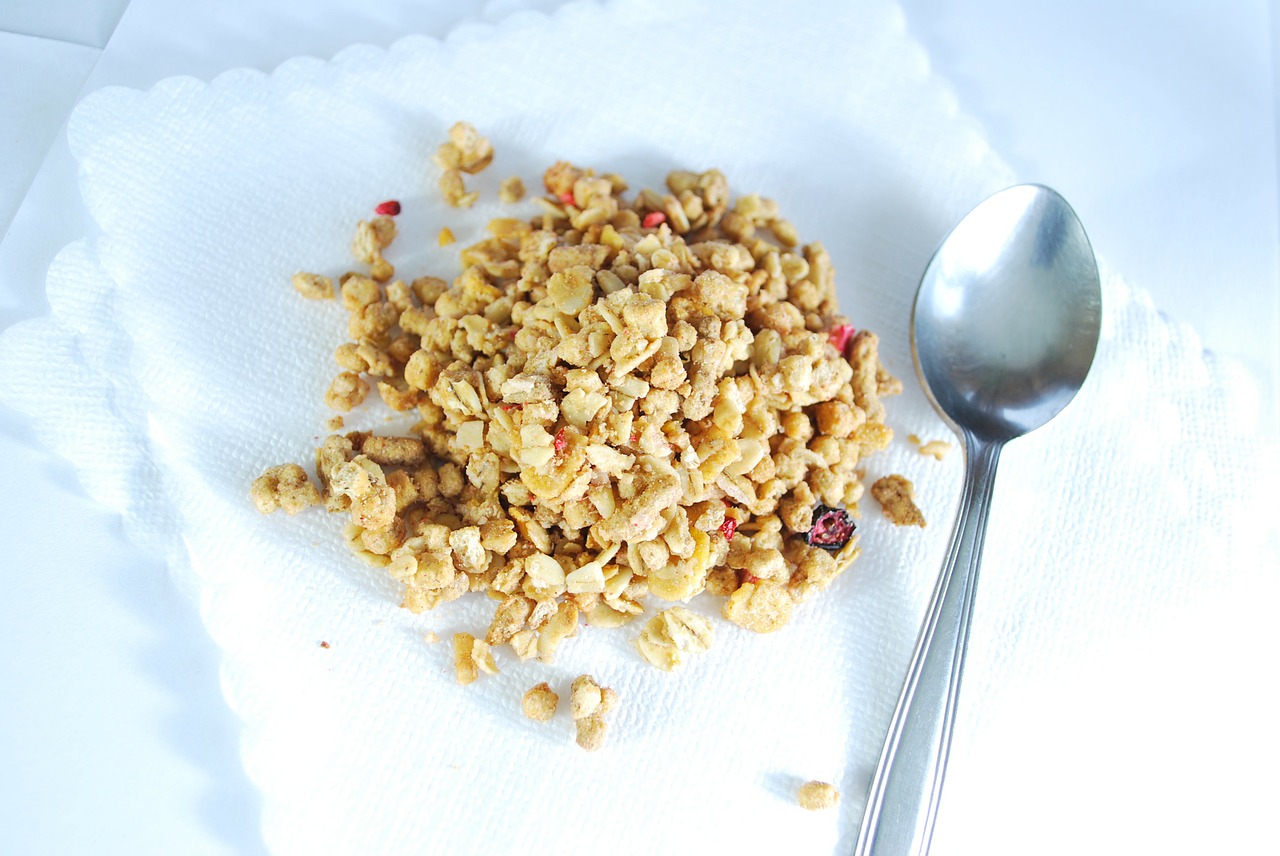
How much cereal can a tablespoon hold?
Measuring cereals is a slightly different story. It is customary to “weigh” them in a heapingly filled scoop—this is more accurate. The only exception to the general rule is semolina, for which both options are acceptable.
Table of weights of the most popular cereals (in a full-size tablespoon):
| How much product can fit? | In Art. l without slide (g) | In Art. l with a slide (g) |
| Hercules (instant oatmeal) | — | 18 |
| Peas | — | 29 |
| Buckwheat | — | 25 |
| Manki (semolina) | 20 | 25 |
| Oatmeal | — | 14 |
| Millet | — | 20 |
| Rice | — | 18 |
| Barley, wheat groats | — | 20 |
Note: this table cannot in any way serve as a basis for calculating the weight of the finished porridge, since after cooking the cereals change their weight and consistency in different ways. For example, about 30 g of boiled buckwheat fits in one tablespoon, but as much as 35 g of oatmeal fits in the same scoop.
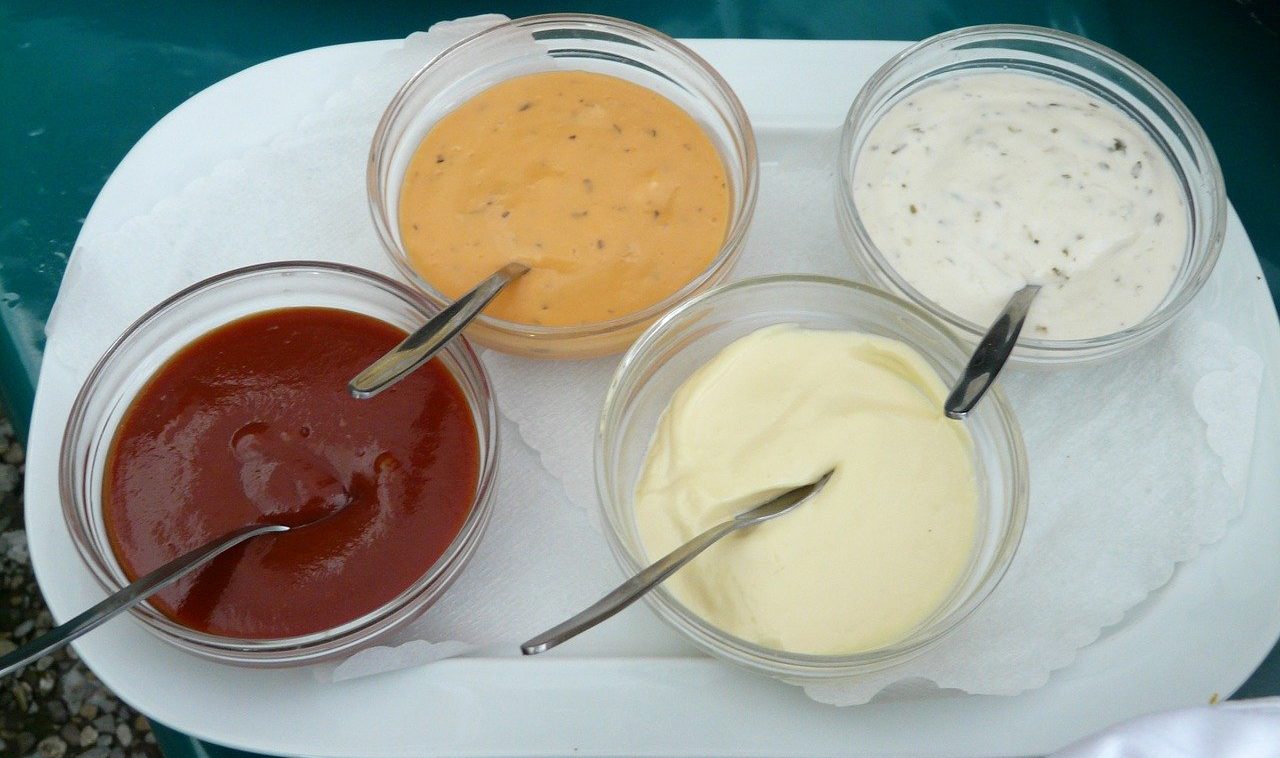
Measurement of liquids, dairy products and sauces
There is only one rule here: you should remember the ability of liquid and vegetable oil to expand when heated, which is why they occupy more volume. Therefore, the table below is relevant only for “weighing” them at room temperature.
| How much product can fit? | In Art. l with a slide (g) |
| Water | 18 |
| Kefir, yogurt, etc. fermented milk products | 18 |
| Mayonnaise | 25 |
| Margarine (softened) | 20 |
| Milk | 18 |
| Olive oil | 17 |
| Sunflower oil | 17 |
| Pork fat (softened) | 20 |
| Condensed milk | 30 |
| Cream | 25 |
| Butter (ghee) | 17 |
| Butter (softened) | 20 |
| Sour cream | 25 |
| soy sauce | 21 |
| Cottage cheese | 17 |
| Grated cheese | 18 |
| Tomato paste | 30 |
| Vinegar (3% or 9%) | 18 |
Well, for dessert, we suggest you familiarize yourself with such interesting products as honey. There is approximately 28 g of liquid honey in a tablespoon, and 35 g of thick honey.

As for the candied delicacy, even an approximate calculation will not give anything - too much depends on the size of the “flakes” that were scraped out of the container. Therefore, it is recommended to first melt it in a water bath and then weigh it.
Another interesting ingredient is herbs. It’s a little simpler: about 10 g fits fresh, and about 6 g dry. But the degree of grinding is of great importance, which is why you shouldn’t blindly trust the tables that include this product. Keep this in mind, and good luck with your culinary endeavors.

